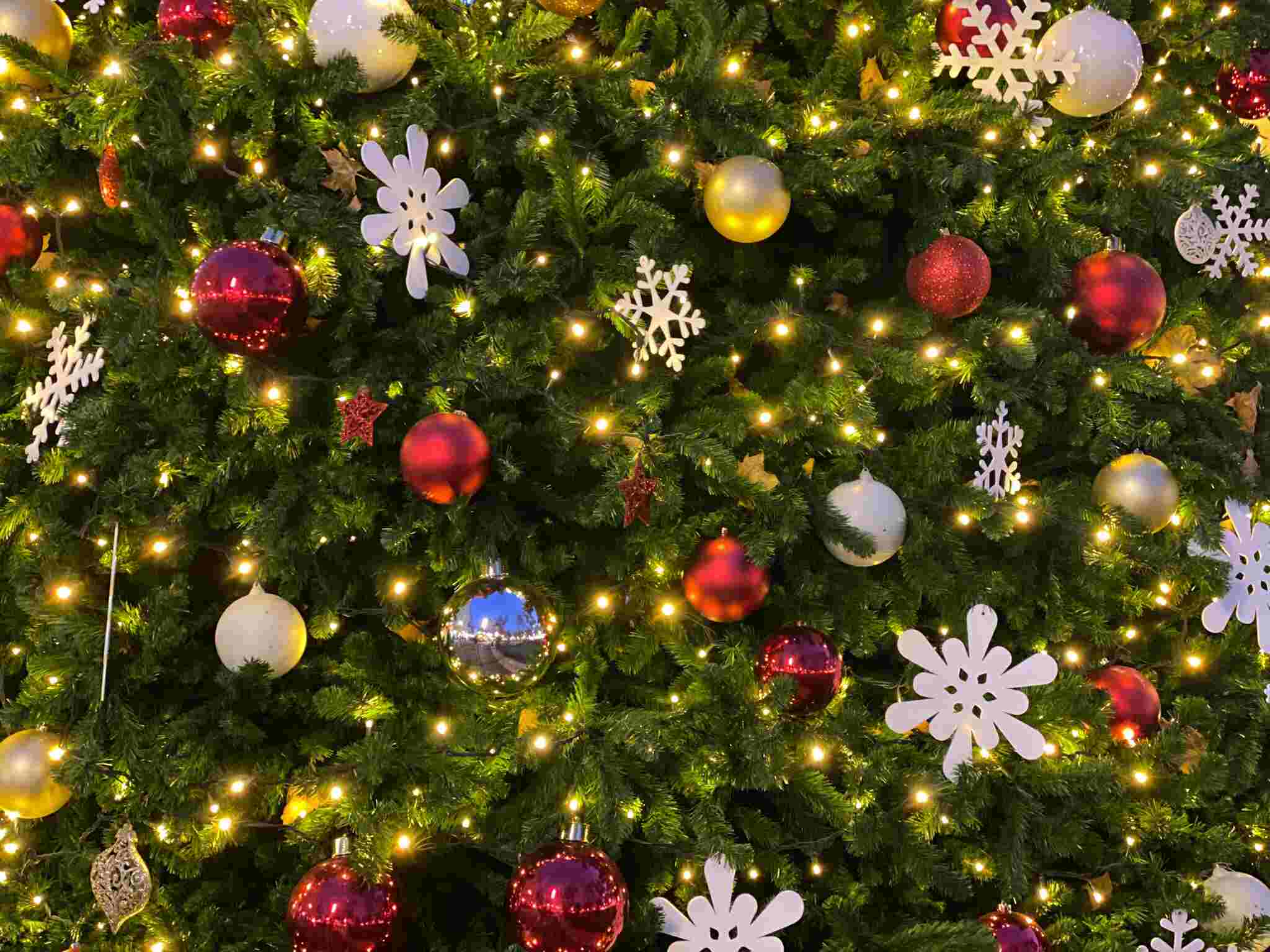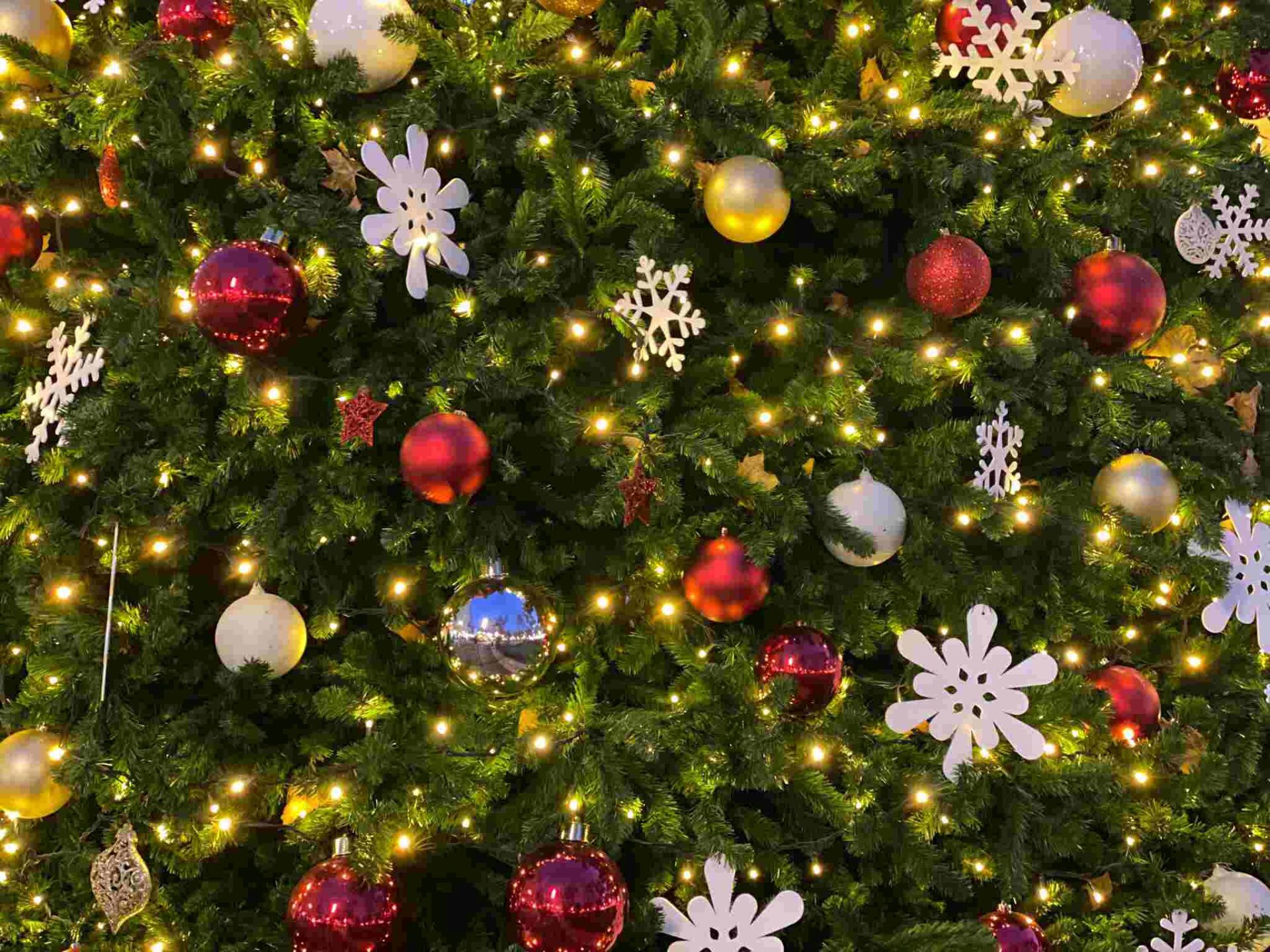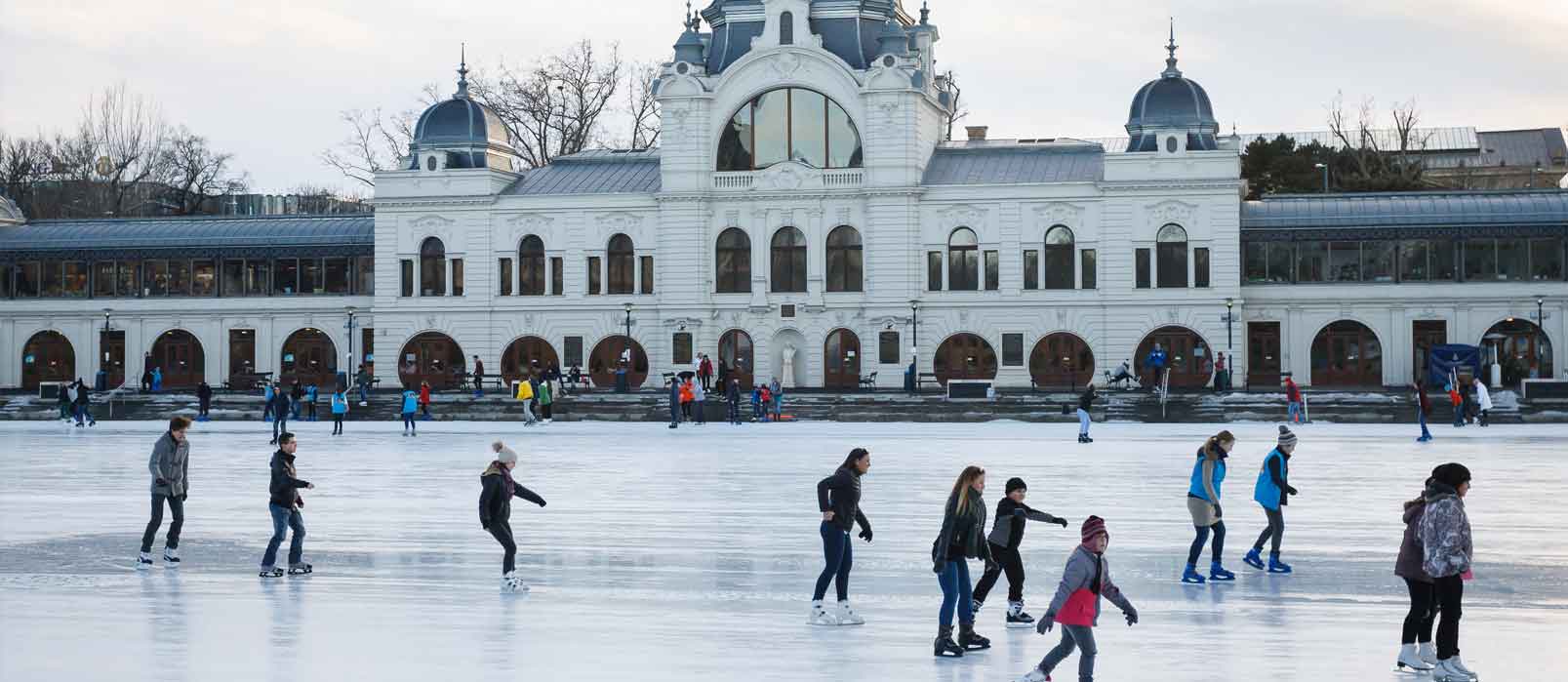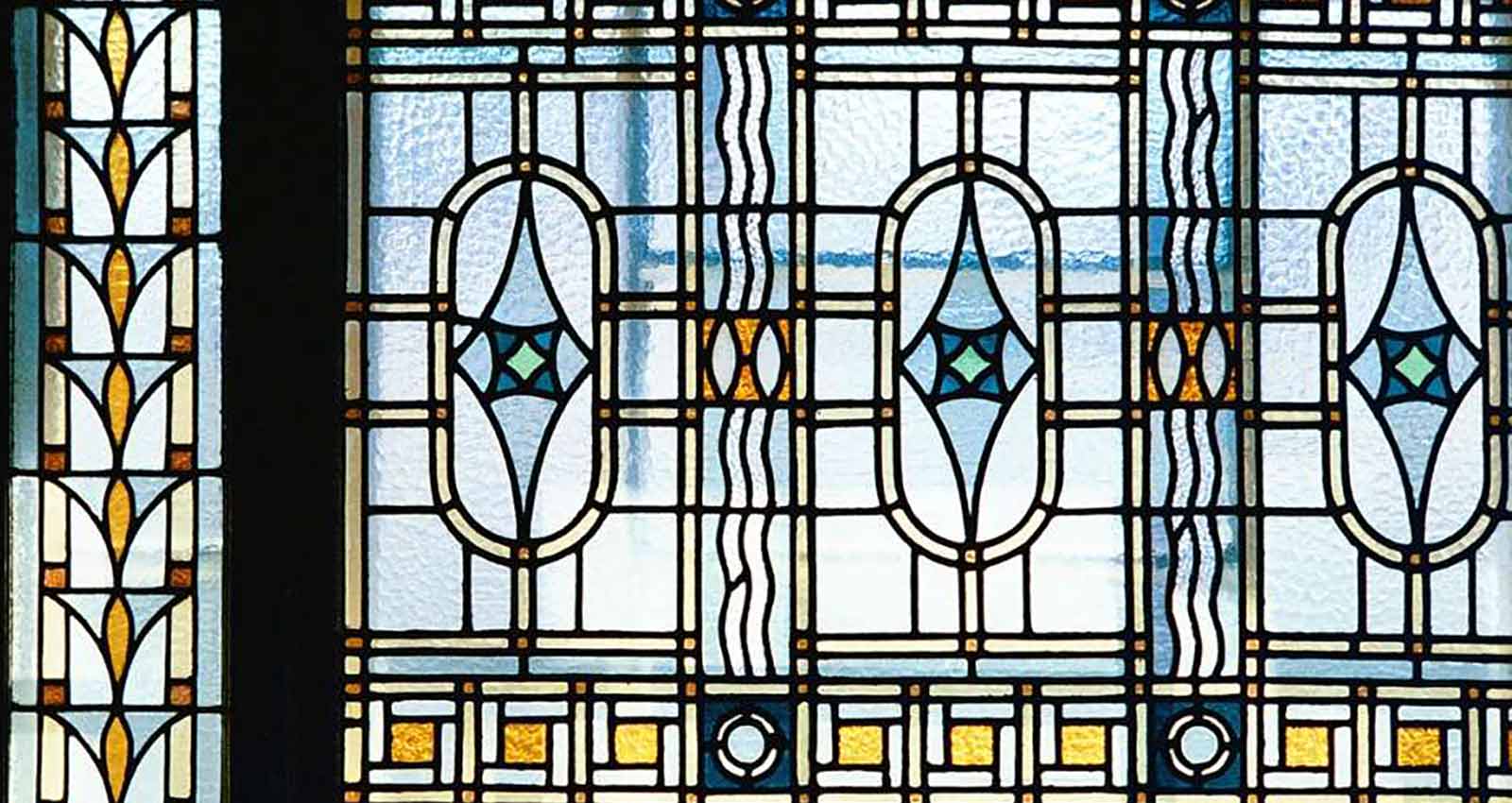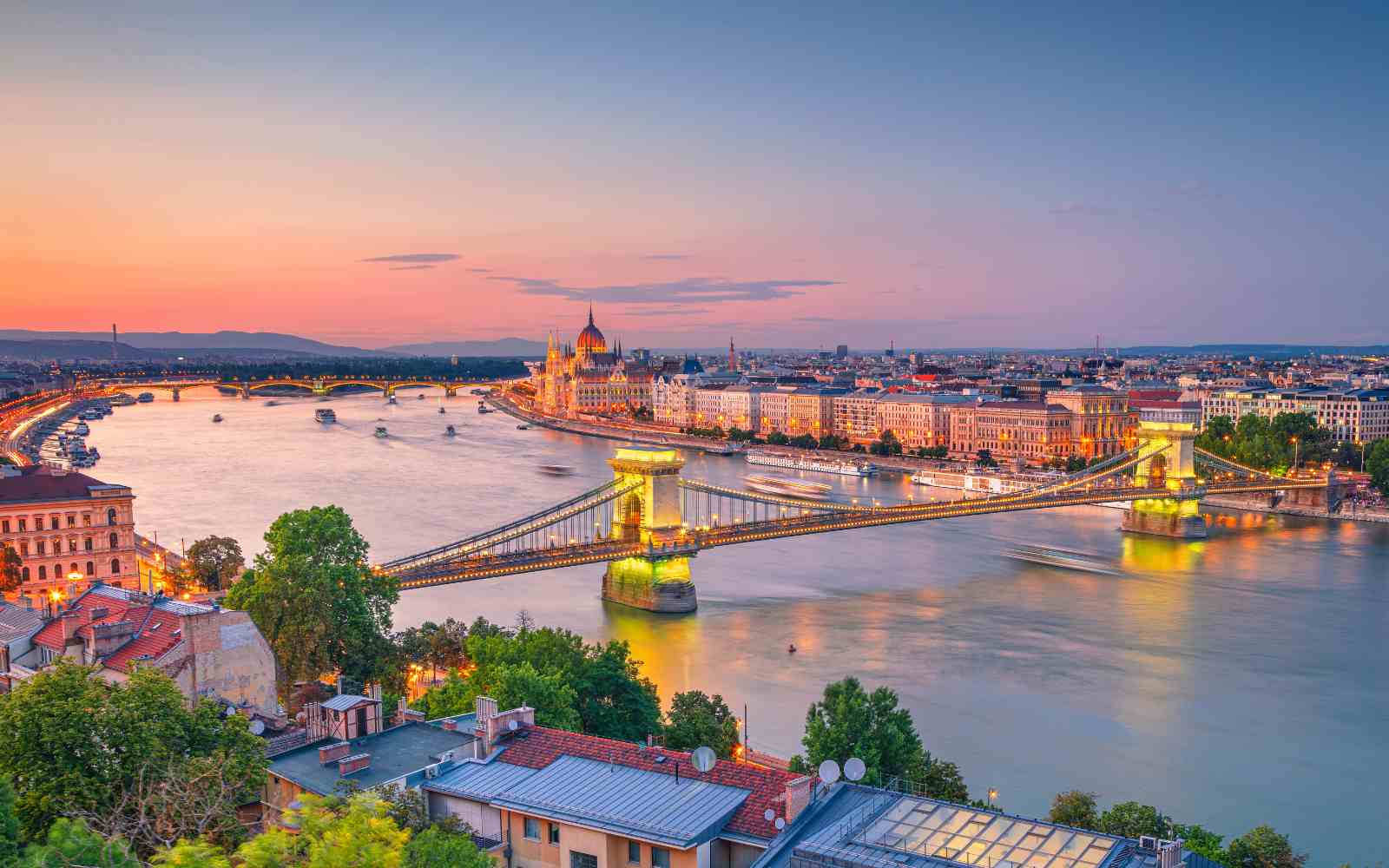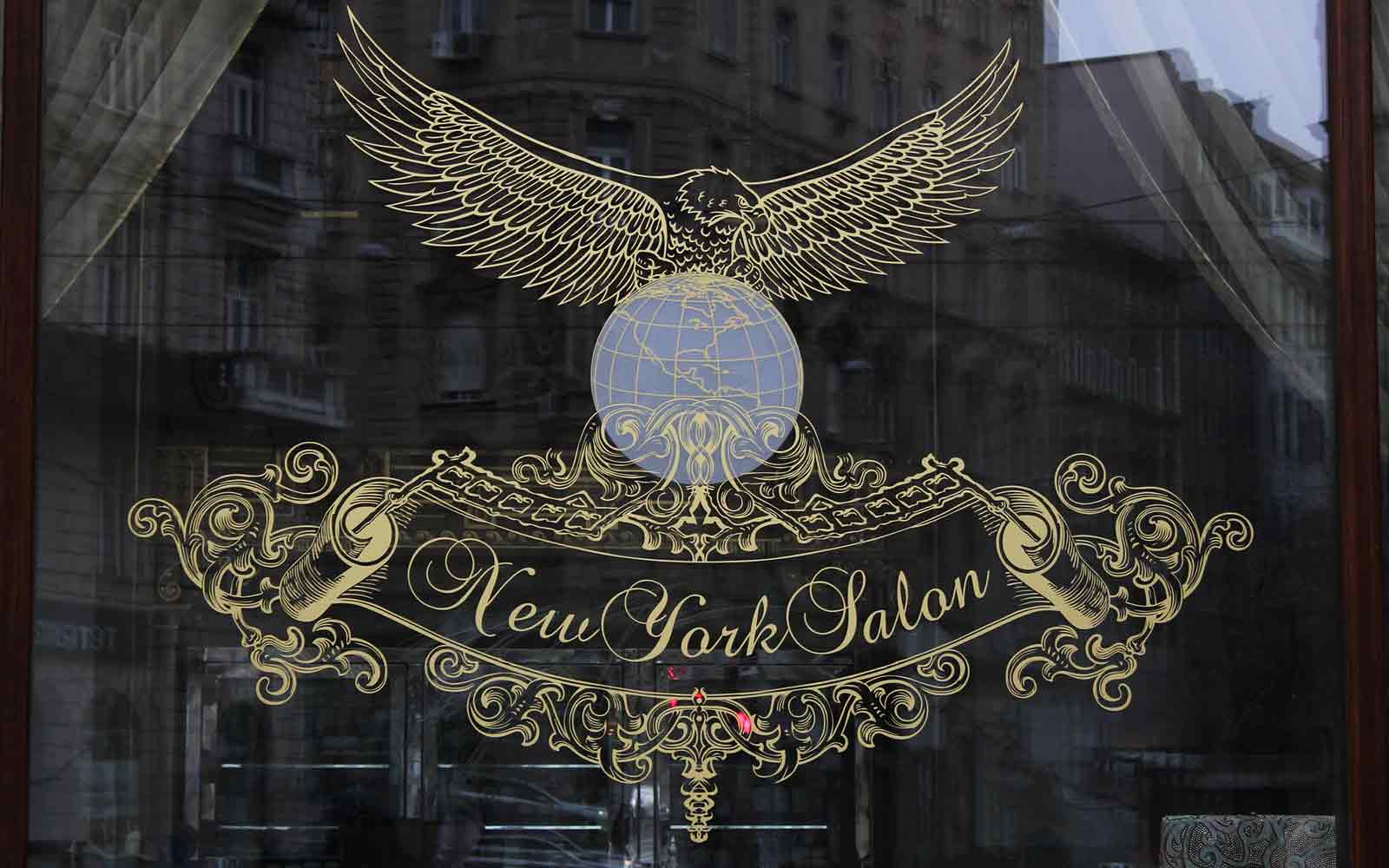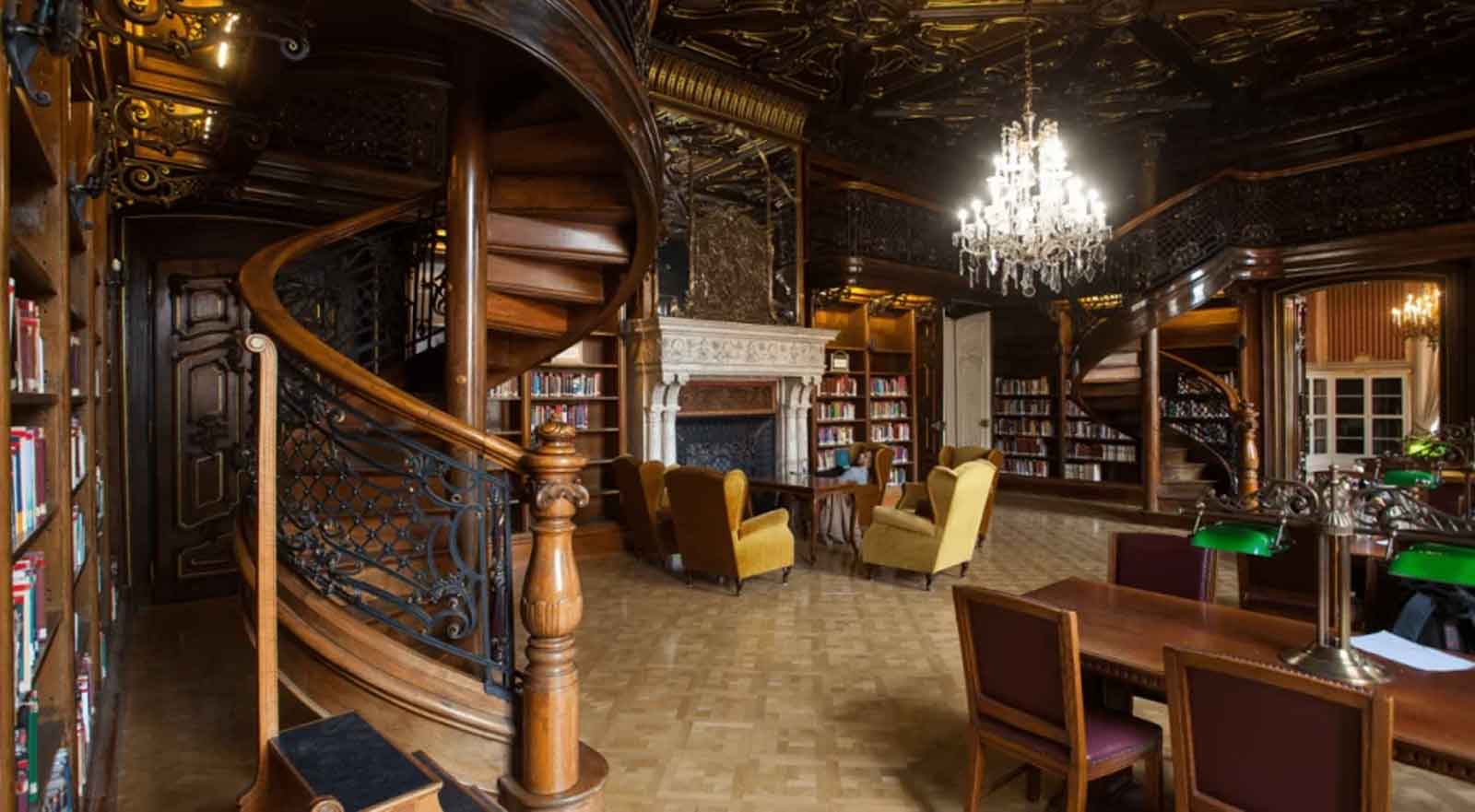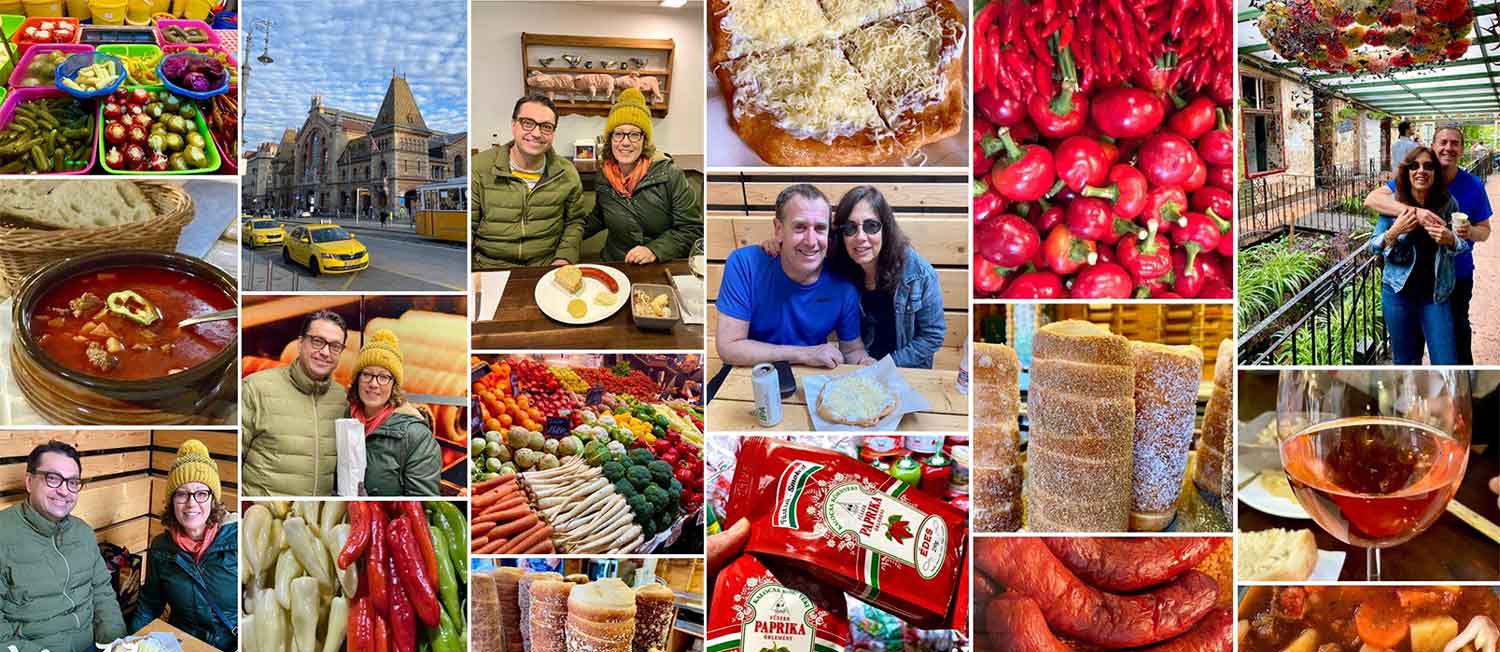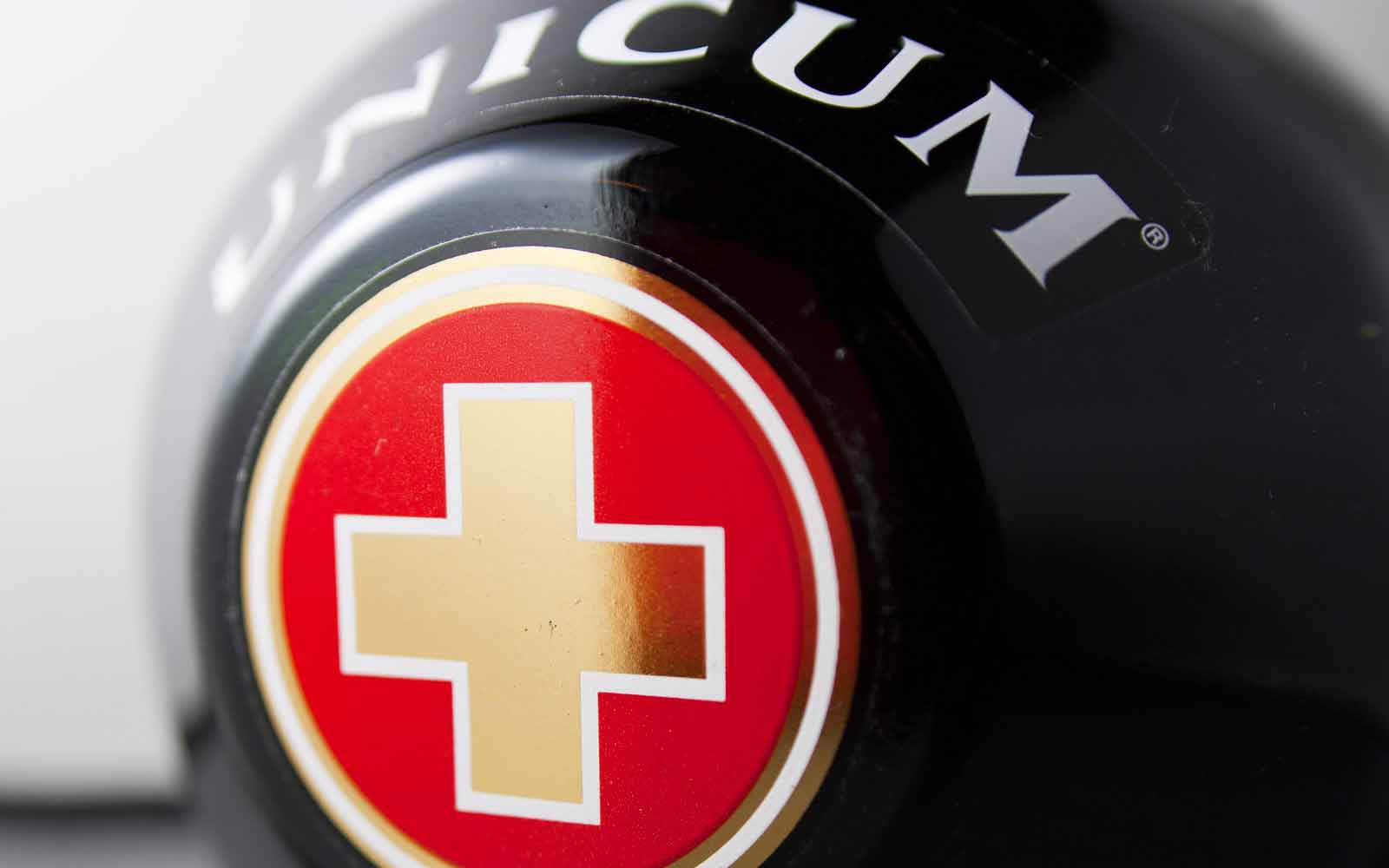Boldog Karácsonyt!
How to celebrate Christmas like a hungarian
Christmas in Hungary is a joyous and deeply cultural holiday, full of ancient folk traditions, delicious foods, and meaningful celebrations with family and friends. Many Hungarian Christmas customs reveal the strong Christian background as well as remnants of old pagan winter solstice rituals.
The Christmas season traditionally begins on December 5th with Mikulás Eve, when children polish their shoes and place them on the window sill hoping St. Nicholas will come and fill them with candy, small toys, and fruit. Some naughty children may find a golden birch switch or charcoal left by an angel or devil (Krampusz) to encourage better behavior! December 6th honors St. Nicholas (Mikulás) himself with gifts given to children.
During the Advent period, Hungarians prepare for the holidays by decorating their homes for Christmas, making Advent wreaths, visiting Christmas markets. The Christmas markets offer a large selection of traditional Hungarian dishes like: roasted pig, poultry, stuffed cabbage, gingerbread, beigli nut rolls, and poppyseed rolls graces tables everywhere, accompanied by spicy mulled wine graces tables everywhere.
December 24th Christmas Eve (Szent Este) then holds the main family celebrations. The Christmas tree is lovingly decorated on the same afternoon, with real candles often still lit on branches despite the rare fire hazard. Since the 19th century, it has been Hungarian custom to decorate the holiday tree with “szaloncukor”, a sweet fondant often covered in chocolate and wrapped in shiny colored foil. Every Hungarian child knows how to carefully unwrap candy, eat it quickly, and then reseal the packaging so that it looks like it is untouched. Traditionally you can find a Betlehem under the tree, representing the birth of Jesus.
The evening’s celebrations start with the appearance of the shining star, as the family gathers to sing carols and hymns like Mennyből az angyal or Angels We Have Heard on High. Children often perform folk plays for the family called betlehemezés.
A Christmas Eve dinner can contain Fisherman’s soup, Stuffed cabbage, Fried fish and potato salad, meats, such as chicken and pork or turkey.
The most important of desserts are Bejgli with walnut or poppy seeds, Honeybread cookies (mézes kalács). A lot of families head to midnight mass after dinner, with church bells ringing out to mark the birth of Jesus Christ.
December 25th and 26th continue the celebrations with visits to godparents, grandparents and the exchanging of small presents. Visiting friends and family can drop in through New Years Day for generous hospitality.
While Christmas trees today have largely replaced traditional live tree decorations of apples, nuts, straw stars and such, Hungarians still retain symbolic ancient representations of ancient life in elaborate wheat wreaths. The largest celebration accompanies the Feast of Epiphany on January 6th as the official “last day” of Christmas.
From St. Nicholas’s Day through Epiphany, Hungarians wish each other Merry Christmas (Boldog Karácsonyt!), as their unique holiday customs tie faith and folk culture into unbreakable bonds of true Hungarian heritage.
For information about the Budapest Christmas Markets see an article HERE.

